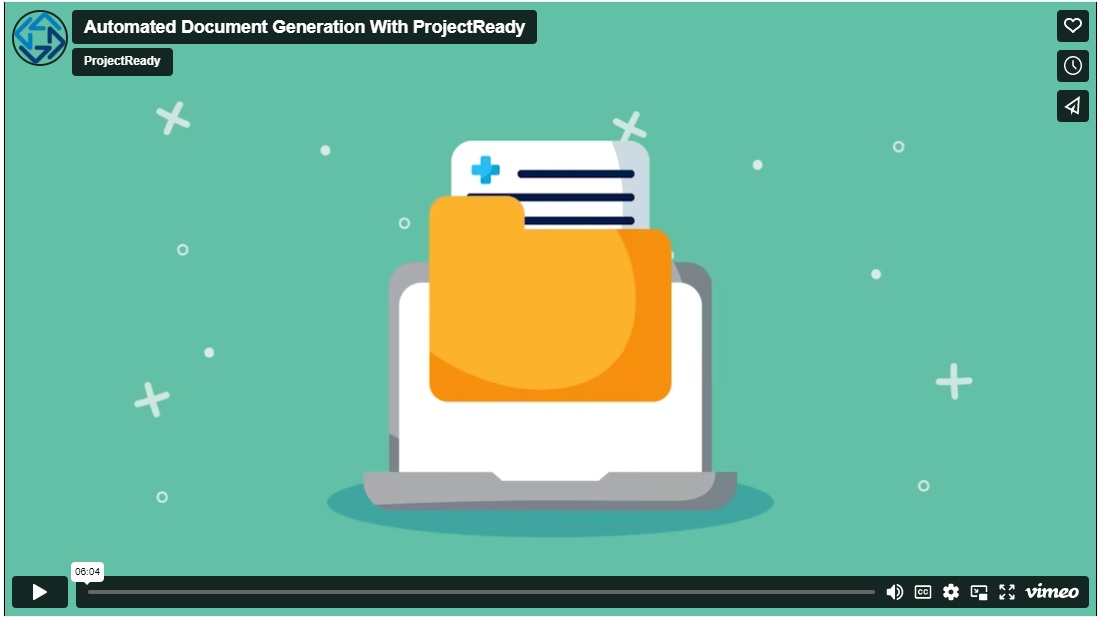Do You Have Plans To Automate & Optimize In The New Year?
Construction projects across the globe will continue to ramp up in 2023 – maintaining the course to achieve 35 percent global growth by 2030. But while demand for more construction projects increases, underperformance continues to burden an already burdened industry.
Not only are projects consistently taking longer than expected, but the costs also associated with these delays are cutting deep into the pockets of nearly every company involved on the project. According to some industry stats, more than half of general contractors are carrying added costs resulting from scheduling team members to work overtime and second shifts on at least three quarters of their projects due to slippage. This inability to schedule effectively ultimately results in delayed project completion dates about half the time.
McKinsey Global Institute reports that large projects take about 20 percent longer to finish than anticipated and are running up to 80 percent over budget while 98 percent of megaprojects are delayed or overbudget.
The culprit for these lack-luster stats appears to be poor productivity, lack of communication and understanding across teams, and wide-spread inefficiencies throughout the entire construction industry.
To meet global growth demands, construction professionals can’t afford to maintain the status quo.
Steps must be taken immediately to improve productivity, eliminate rework, and improve efficiencies across each phase of the project. To that end, we are introducing three cost-saving measures your organization and project team can take in the new year to overcome cost and productivity challenges.
Three Cost-Saving Measures Construction Pros Can Take To Improve Productivity In 2023
1) Optimize Your Workforce
According to reports, including this report from Autodesk, at least 45 percent of construction professionals report spending more time than expected on non-optimal activities, including looking for project information, dealing with mistakes and rework, poor communication, and unresponsiveness. Add to the fact that 62 percent of contractors report high levels of difficulty finding skilled workers, and it’s no wonder companies are facing shrinking profit margins.
Adopting technology to improve productivity across the board while allowing your skilled workers to focus on high-value activities is critical. Most construction companies have finally realized the importance of investing in tech, but a disconnect persists. Only 16 percent of executives surveyed for a KPMG report say their organizations have adopted fully integrated systems and tools. This means the industry is now introducing new types of silos to an already siloed industry – software silos.
An integrated data environment (IDE), on the other hand, allows project teams to drive efficiency and collaboration by providing them with an easy way to access information and data across all their platforms and systems within a single, user-friendly interface. Moreover, improved connectivity empowers greater search functionality and transparency making it easier (and faster) to find project information, reduce rework, streamline communication, and vastly improve responsiveness.
2) Improve Trust
The ability to establish and maintain trust on a project is fundamental to a team’s ability to complete the project on time and on budget. Furthermore, construction companies that boast high levels of trust reap additional benefits that include low turnover rates and repeat customers.
An Autodesk + FMI report found that while 93 percent of construction professionals report a basic level of trust, only 37 percent actually reported high levels of trust.
The success of the construction industry depends on many types of companies coming together to complete a project. Therefore, the ability to trust one another is paramount. Honestly, with so many companies reporting only “basic” levels of trust, it’s no wonder risk of litigation remains so high across the AECO. In fact, according to Arcadis, the average dispute length is now 13.4 months with an average cost of dispute hovering at just over $54 million.
In our experience, the disconnection between internal and external team members and the systems they use results in the failure to establish simple, repeatable standards necessary to govern the various systems in play and information created across teams in the context of the project. It is this lack of governance that makes it difficult for trust to materialize between project team members, the systems they use, and the project information that’s created.
An IDE is essential for providing the governed framework necessary to establish trust across all internal and external project team members, the systems they use, and the information they create. By providing simple, repeatable standards that govern the systems used on a project and the information created in those systems, an IDE empowers the right people to find the right information, at the right time.
3) Connect & Automate Essential Processes
According to the United States Government and the U.S. Chamber of Commerce, 70 percent of contractors believe that advanced technologies can increase productivity by 78 percent, improve schedules by 75 percent, and enhance safety by 79 percent. Additionally, the World Economic Forum believes that full-scale digitization could result in the savings of trillions of dollars. These numbers are nothing to balk at.
It’s clear that the AECO must look for areas to introduce more connectivity and automation – from RFQ to close-out.
ProjectReady’s IDE applies process to the platforms the construction industry uses every day and introduces automation to save time and reduce risk.
An IDE:
- Gives your team the ability to generate accurate and secure documents (e.g., reports, proposals, cover pages, contracts, NDAs, etc.) automatically or on a schedule.
- Allows users to provision and secure SharePoint sites in the context of a project.
- Eliminates duplicate data entry through the introduction of programmatic synchronization of content and folders between your connected systems.
- Protects your organization by securing long-term access to content, drawings, and documentation as part of your project close-out process.
Save Time, Save Money, Reduce Risk In 2023
As construction projects continue to ramp up, the AECO has more opportunities to get it right, or fall short. An integrated data environment is an ideal solution for those that would like to integrate their existing tech solutions, introduce automation, and improve productivity with connected workflows.
If you would like to learn more about ProjectReady and how an IDE can help your team save time, save money, and reduce risk in 2023, fill out the form here to schedule a brief intro call with a member of our team.


